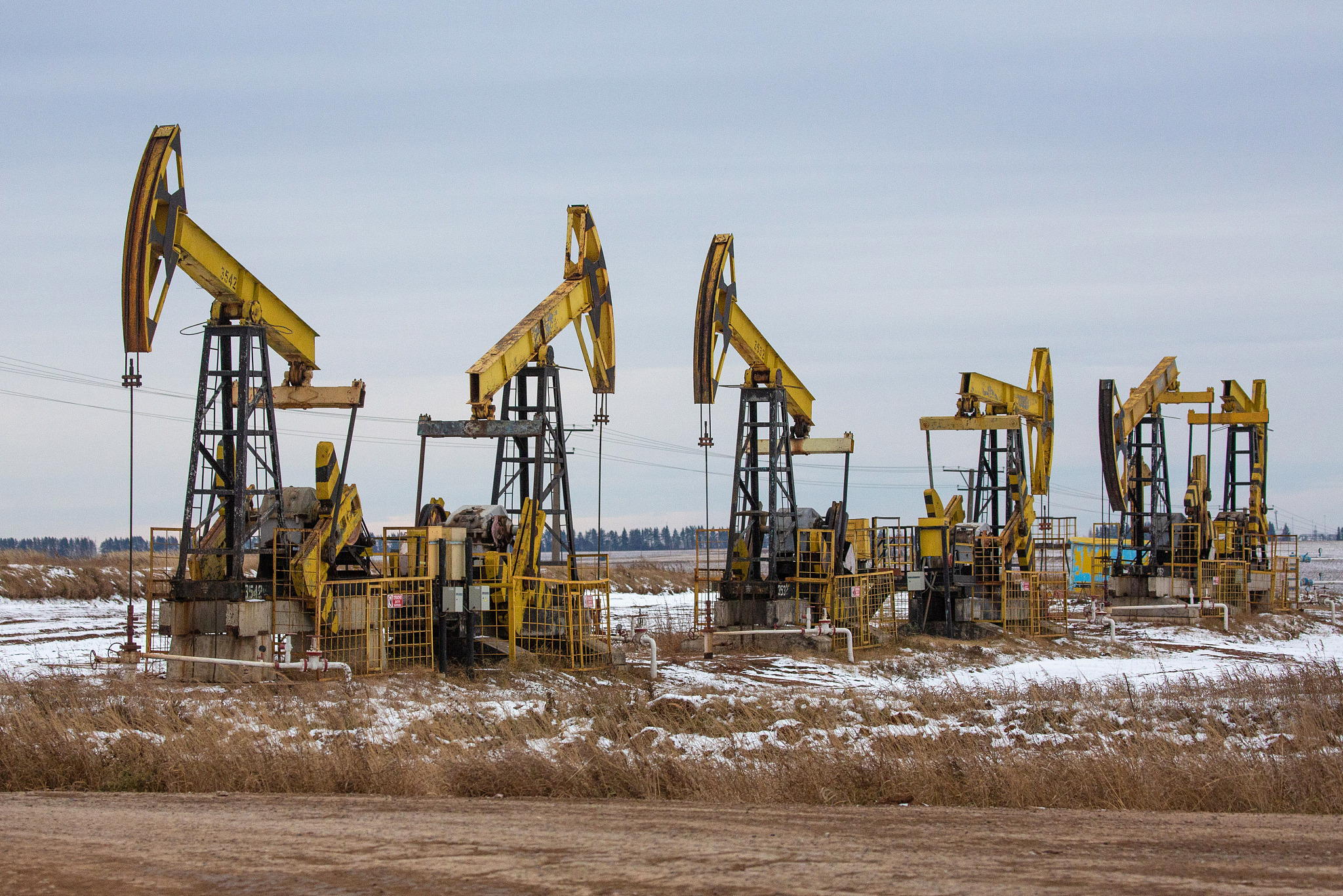
Editor's note: Djoomart Otorbaev is a former prime minister of the Kyrgyz Republic, a distinguished professor of the Belt and Road School of Beijing Normal University and a member of Nizami Ganjavi International Center. The article reflects the author's opinions and not necessarily the views of CGTN.
According to the International Energy Agency (IEA), the energy world will look vastly different by 2050. The world economy will have doubled, and the world's population will have increased by 2 billion people. At the same time, global energy demand should decrease by about 8 percent. Nearly 90 percent of electricity will come from renewable sources, with almost 70 percent coming from wind and solar power plants. The rest will come from nuclear power generation. Fossil fuel use will fall from nearly 80 percent of the total energy supply today to just over 20 percent. Fossil fuels will mainly find applications in manufacturing products such as plastics, facilities equipped with carbon capture systems and sectors with no alternative to replacing carbon technologies.
Nearly 200 countries ratified the Paris Climate Agreement in 2015 agreeing to continue efforts to keep the planet's temperature rise to 1.5 degrees Celsius. However, some scholars believe that achieving these goals is virtually unattainable. A UN analysis published on February 26 showed that commitments to reducing greenhouse gas emissions are "very far" from serious action required to prevent the devastating effects of climate change.
Many experts agree that the energy market will increasingly electrify under the 2050 fast-track energy transition scenario, displacing the most polluting hydrocarbons such as oil.
On May 18, the IEA announced that the world no longer needs new developments in oil and gas. Global oil demand will fall by 75 percent under the scenario required to put the world on the path to zero emissions by 2050.
According to the IEA, due to the suspension of new exploration and production project, and the expected cessation of more expensive oil, the so-called Net-Zero Emissions (NZE) scenario should be realized. Which will balance the whole amount of greenhouse gas released and the amount removed from the atmosphere.
According to their estimates, oil demand will never again reach its historic peak in 2019 and will decrease from about 90 million barrels per day in 2020 to 24 million barrels per day by 2050. Natural gas demand will also decline 55 percent from 2020 levels to 1.75 trillion cubic meters. Oil prices will fall from the current level of $75 to about $35 a barrel by 2030 and then further down to $25 a barrel by 2050.
Estimates by consulting firm Wood Mackenzie indicate an even more radical decline. By 2040, oil prices may fall to $28-$32 per barrel, and in 2050, they will fall to $10-$18 per barrel.
Of the total volume of 100 million barrels of oil per day, approximately 60 percent is accounted for by transportation. The rest is used in petrochemicals (10 percent), electricity (5 percent), heating (6 percent) and other industries (19 percent) such as construction, lubricants and agriculture.

Under the NZE scenario, most countries will ban the sale of conventional passenger cars from 2035. According to this path, about 60 percent of global car sales in 2030 should be electric vehicles, and 85 percent of heavy trucks will be electric by 2040. Refiners estimate that between 2020 and 2050, average oil production will fall by 85 percent, leading to multiple plant closures. Oil demand for gasoline and diesel for cars will fall to less than 15 percent in 2050, down from about 55 percent now.
While the demand for crude oil has increased by about 15 percent over the past 10 years, the need for oil for use in the petrochemical industry has increased by about 50 percent, driven by economic growth, urbanization, and increased consumer demand. Given the aggressive target of recycling 75 percent of the world's plastic by 2050, experts estimate that petrochemical companies' demand for crude oil will drop to about 14 million barrels per day by 2050.
The IEA's underlying assumption for global oil demand is that it will continue to recover from the 2020 lows over the coming years rather than immediately enter a structural downturn. In March, the IEA said it expects global demand for liquid hydrocarbons, including biofuels, to rise to 103.2 million barrels per day in 2030, up from 90 million barrels per day in 2020. S&P Global Platts Analytics expects global consumption of liquids, including biofuels, to return to pre-pandemic levels in 2023 and continue to rise to about 114 million barrels per day in 2040 under the "most likely" scenario.
In the absence of the need to develop new oil and gas fields, the supplies will mainly be provided by a small number of producers at low costs in the future. As a result, the IEA has estimated that OPEC's share of global oil supplies will grow from about 37 percent in recent years to 52 percent in 2050, the highest in the history of oil markets. If global demand drops to 25 million barrels a day by 2050, even the oil revenues of cheap OPEC producers will be severely affected. In a speech last year, IEA chief executive Fatih Birol said that rising clean and renewable energy consumption would also pose critical risks for states that rely heavily on oil revenues to ensure social and political stability in their countries.
The IEA estimates that even outside the oil- and gas-producing countries, the NZE scenario will result in a sharp drop in oil and gas tax revenues by about 40 percent between 2020 and 2030, requiring careful financial planning and budgetary reforms to offset the deficits.
(If you want to contribute and have specific expertise, please contact us at opinions@cgtn.com.)

